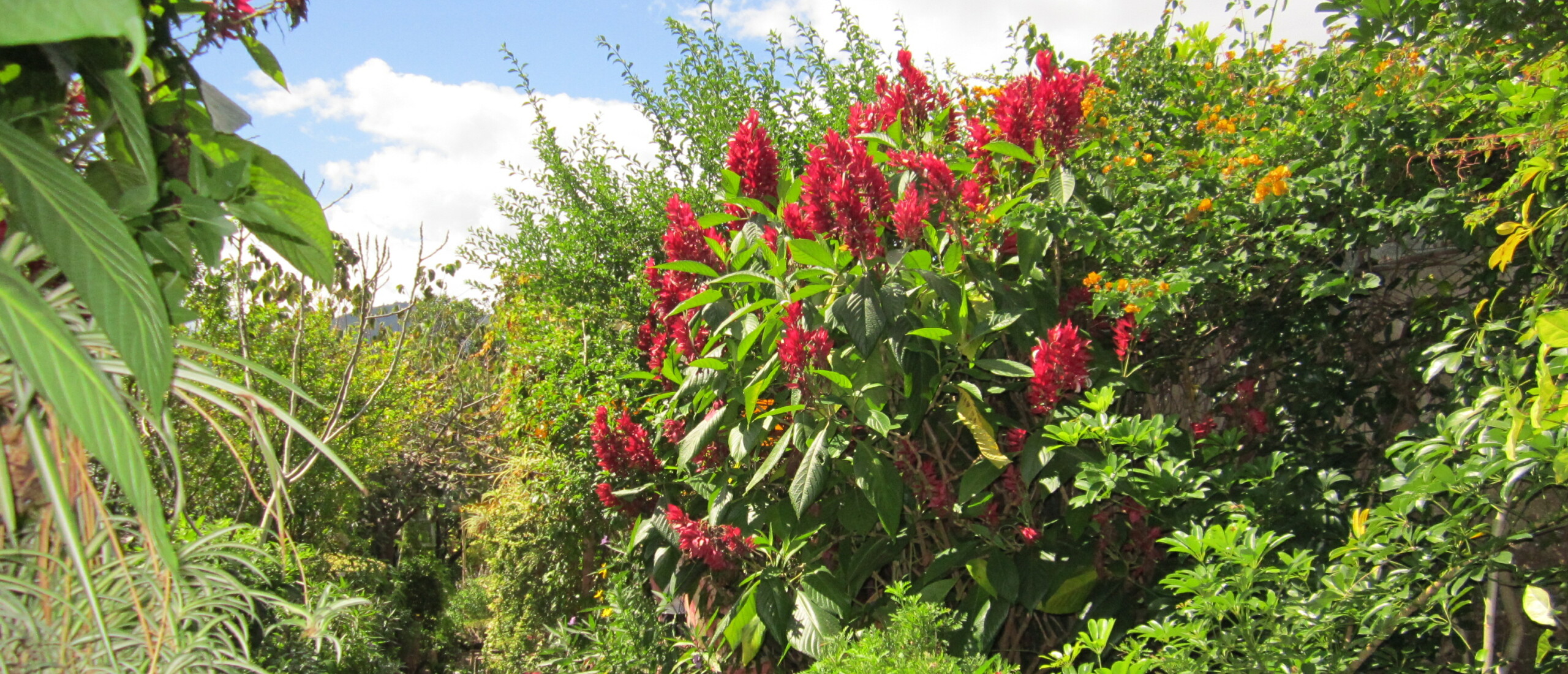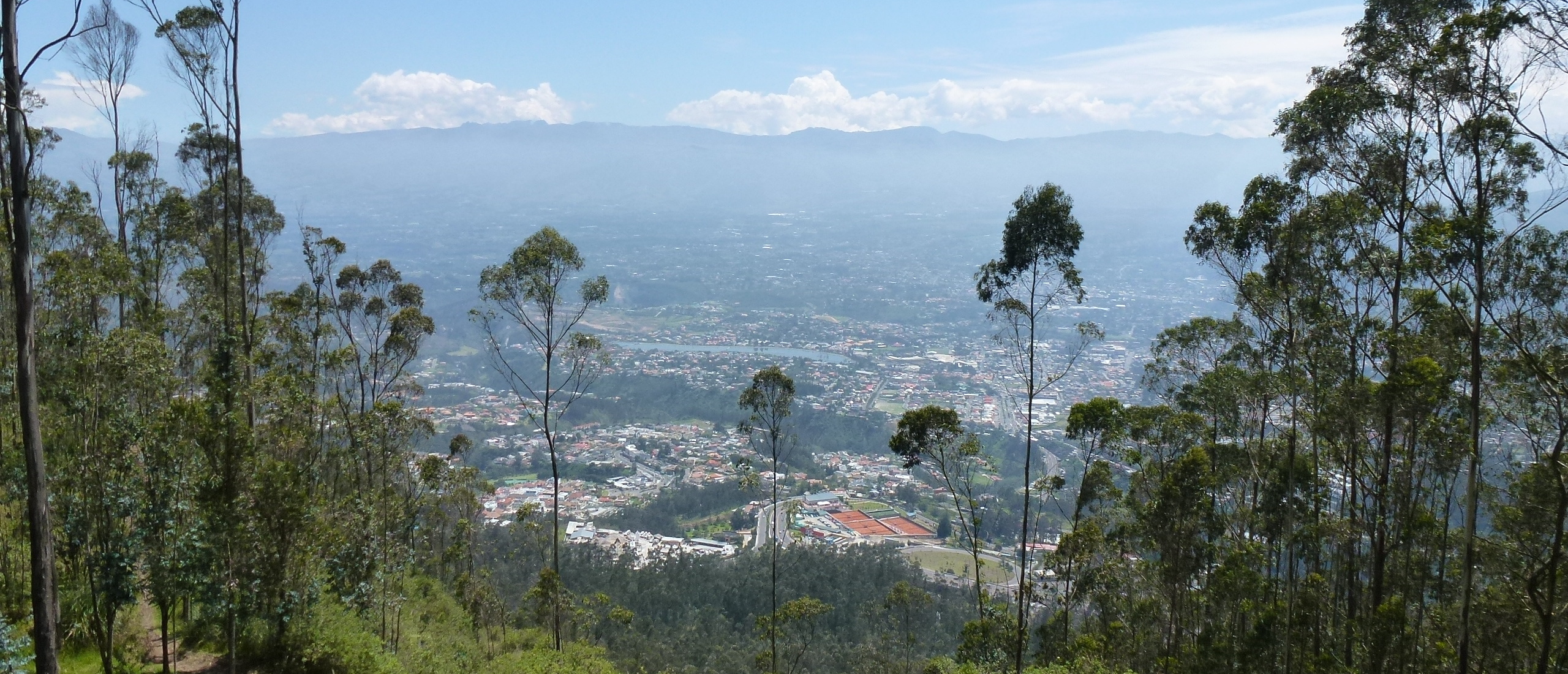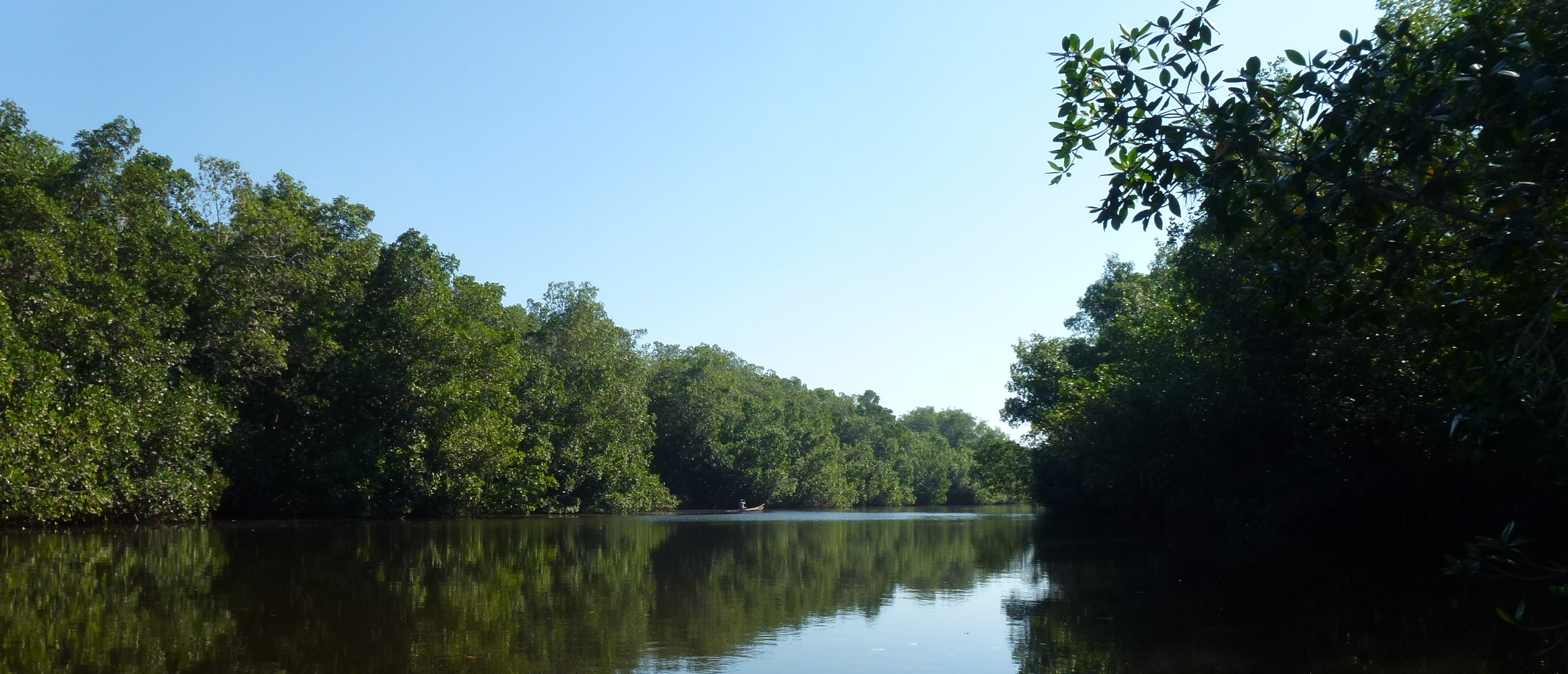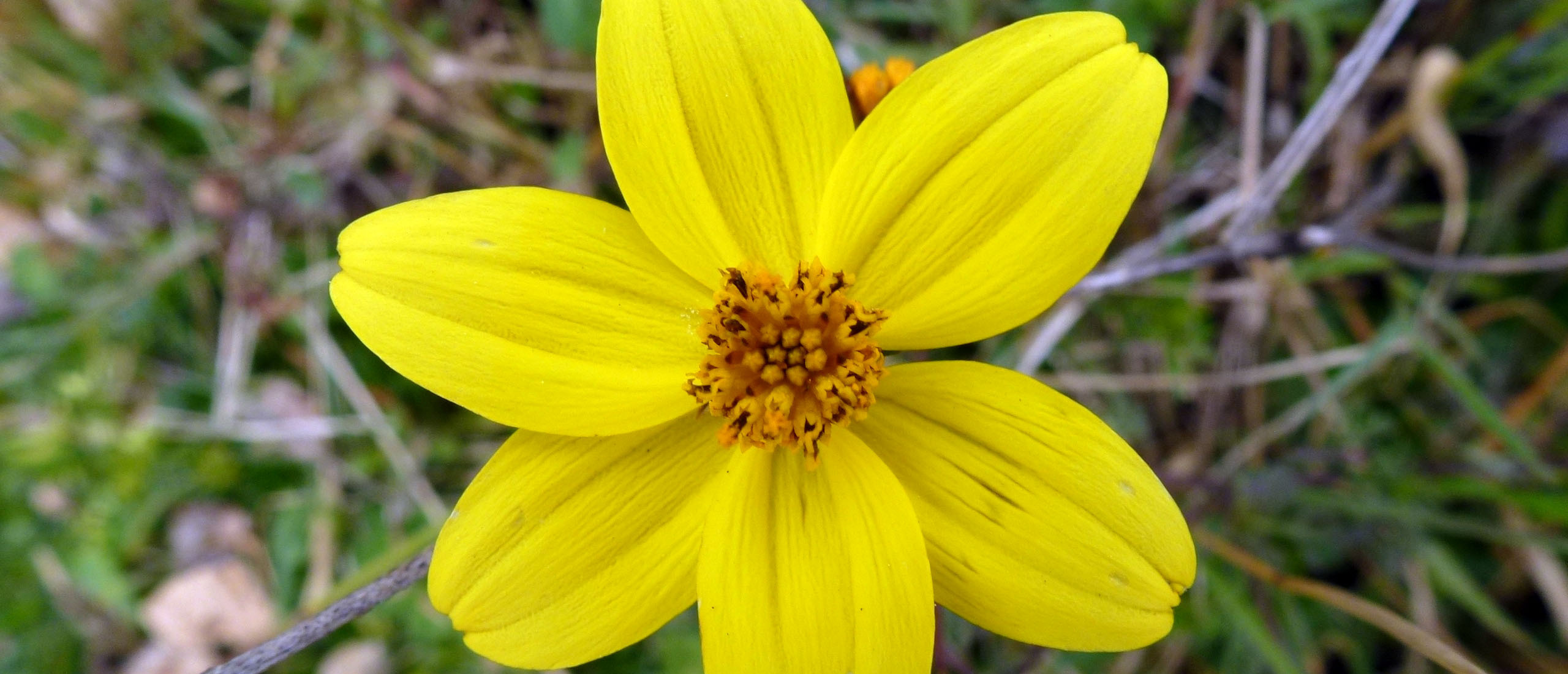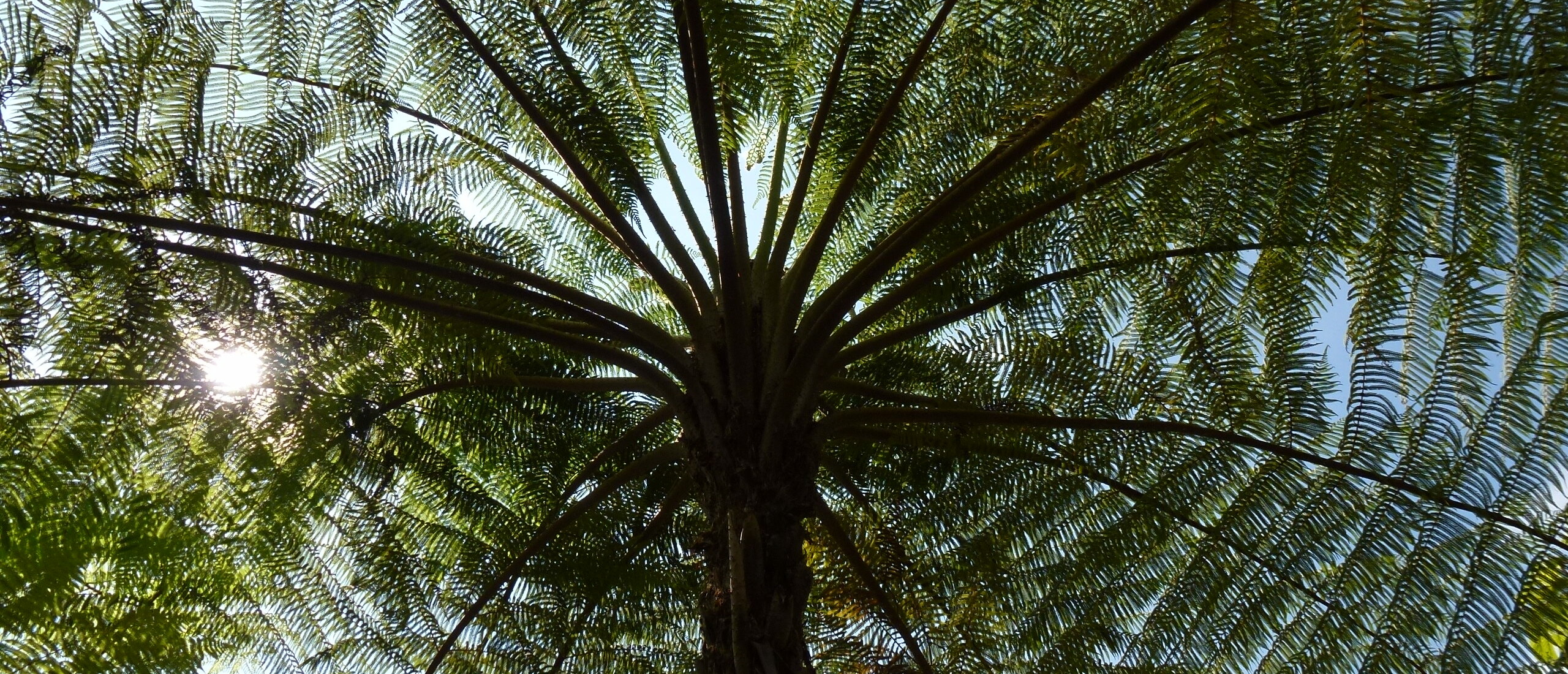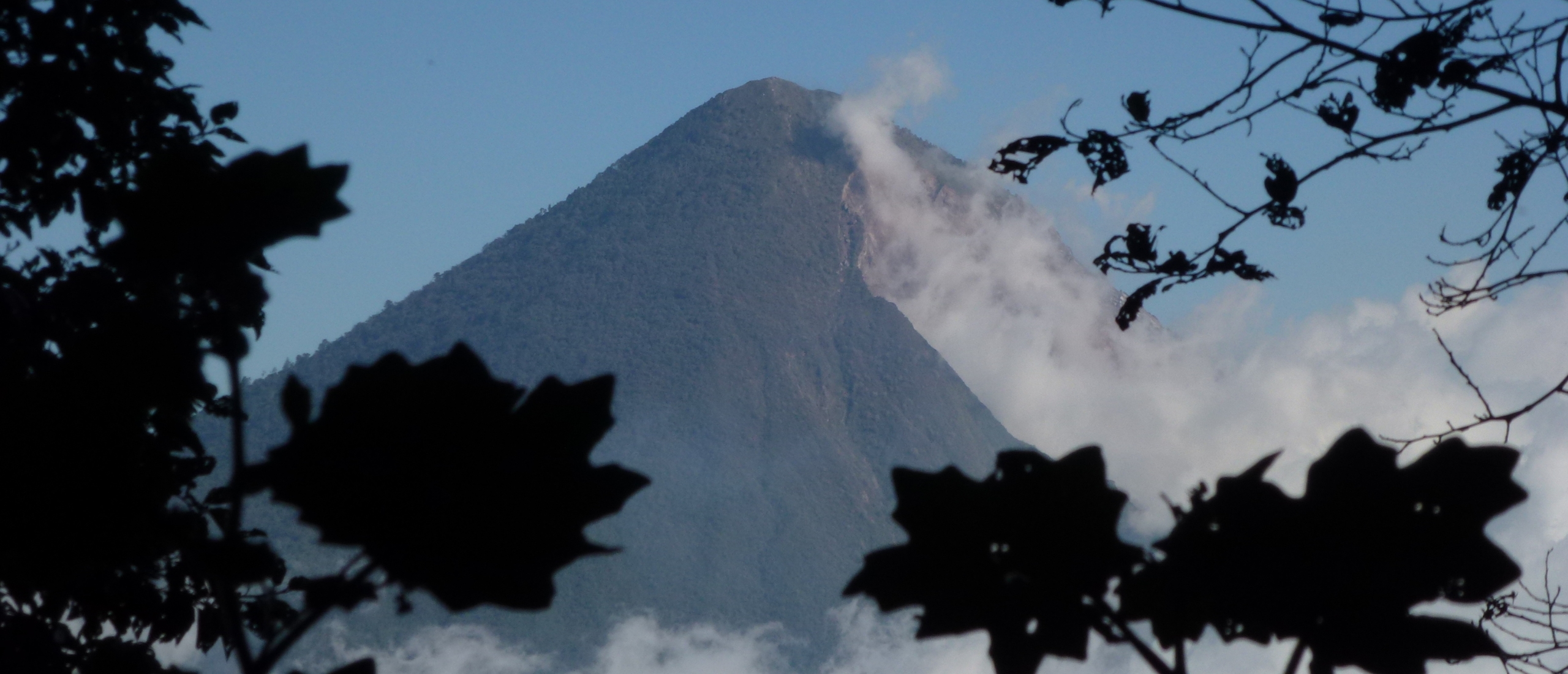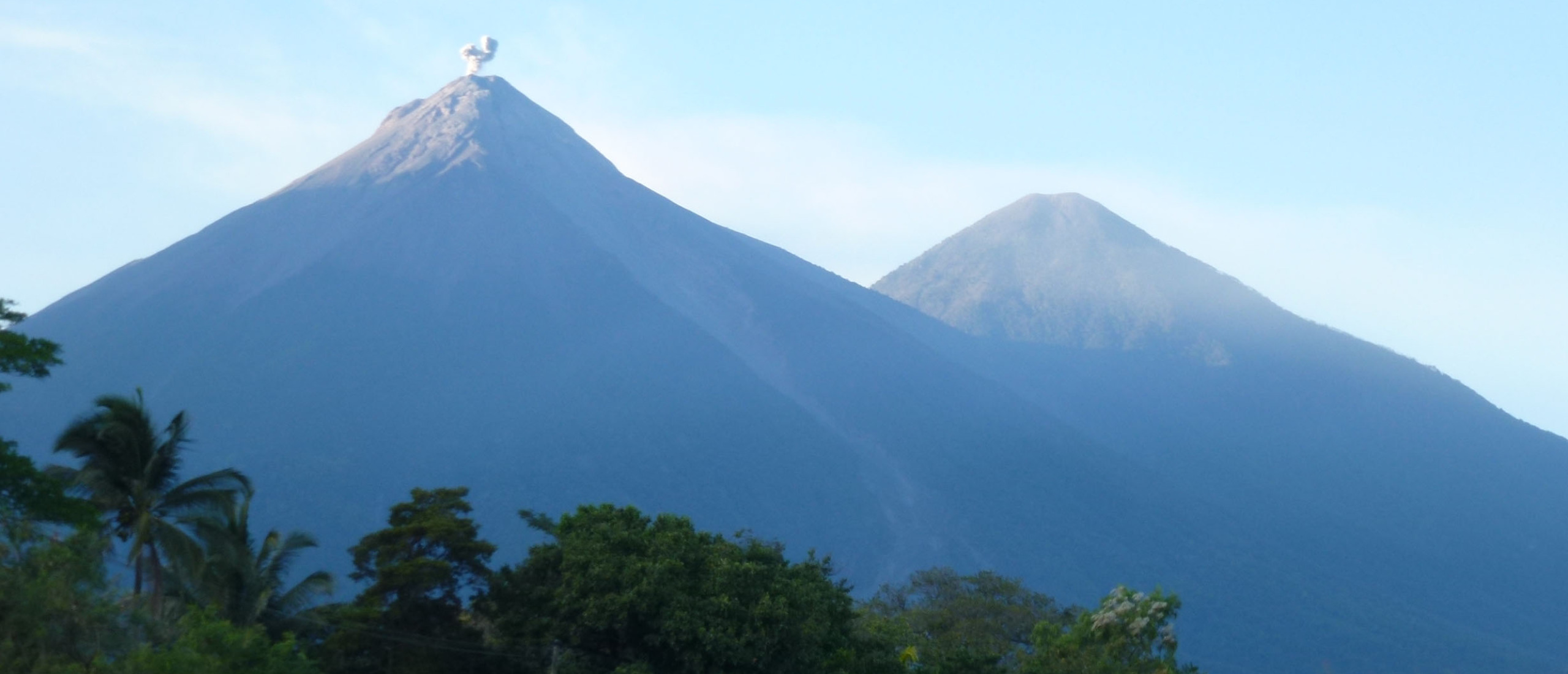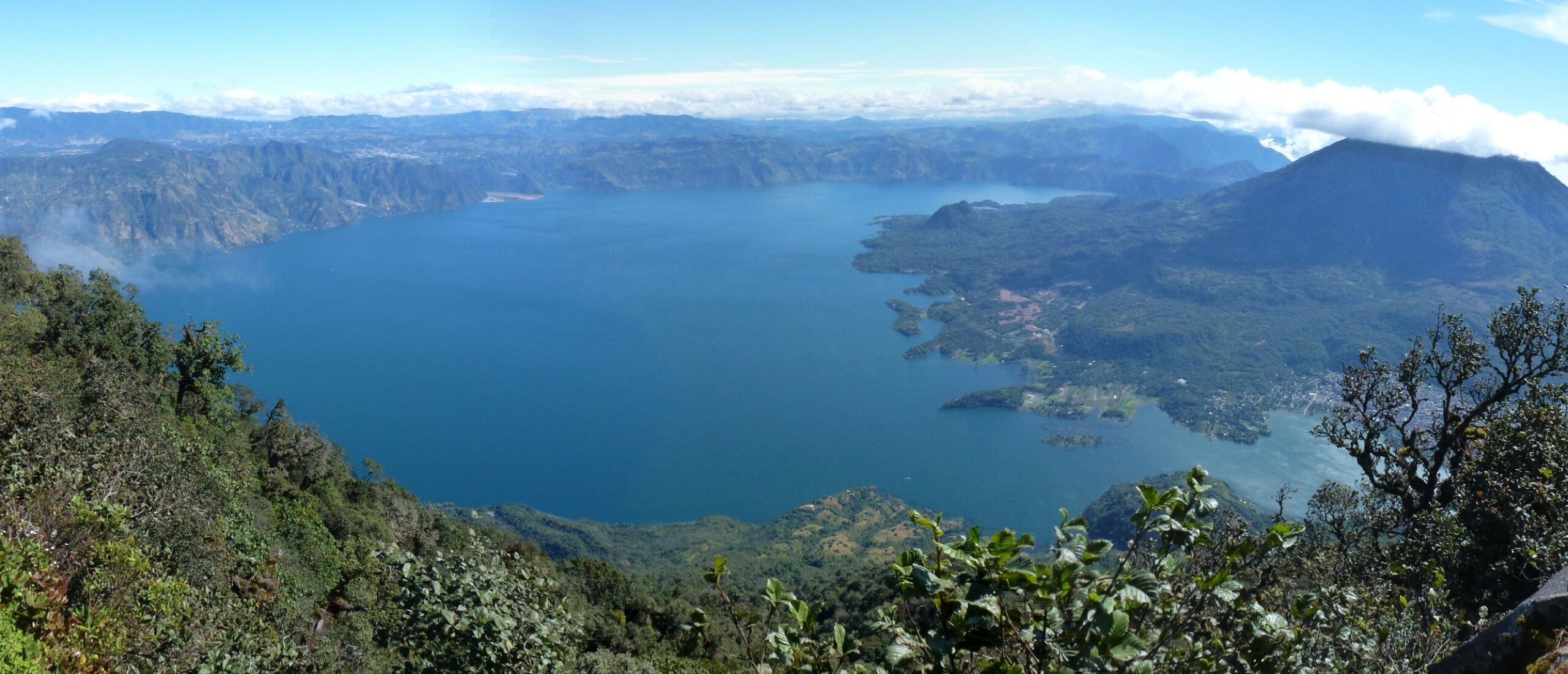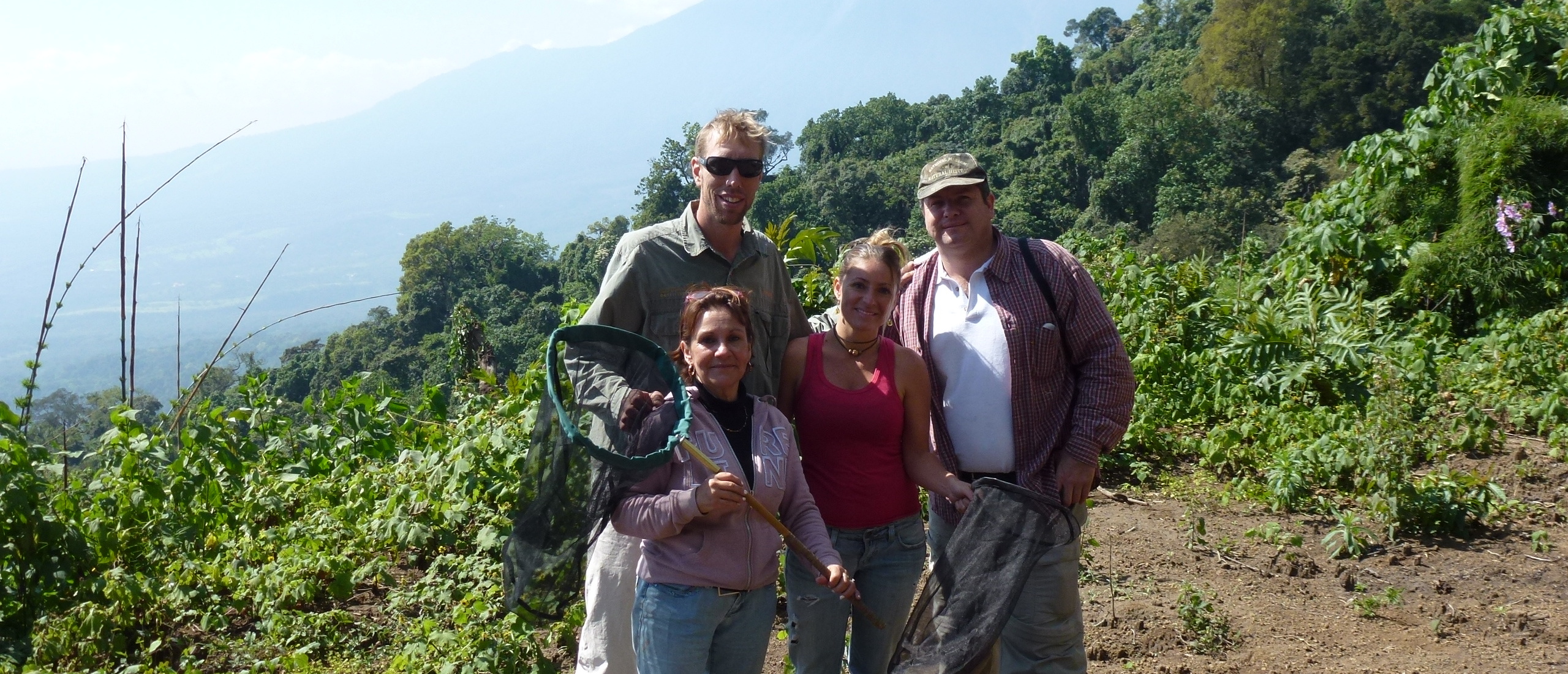
“That’s it!” Today the dream, and all the effort that I and my many friends and helpers here in Guatemala have been putting in, came to fruition: WE FOUND DRUCINA CHAMPIONI!!! The day started with Matthew Ryan Hartell, of Old Town Outfitters, arriving outside my hotel at 08.00 AM on the dot, followed by Luisa and her mother, who drew up immediately afterwards. We were ready to set out on our very special mission. Matt has been busy constructing and preparing a series of mountain bike trails through the high altitude forests on the south side of the Volcán de Agua, and as such has privileged access to a private finca that is not normally open to the public. In addition, his Toyota Landcruiser was to come in handy as the area is definitely only reachable by tough 4-wheel drive vehicles with a high clearance. We headed off down the valley that has by now become so familiar to me (and which was also very familiar to my great grandfather George Charles Champion in 1879/1880), the Volcán de Agua towering into the blue sky on the left, and the twin peaks of Acatenango and the smoking Fuego on the right. We passed the entrance to the Finca El Capetillo, one of GCC’s bases, and then further down noted the entrance road leading to El Zapote, where he also spent much time insect collecting. On the way in the car, Luisa set to work constructing an extra net, using a gauze anti-mosquito net that was stored in the flap of my Trekmates hat, combined with a coat hanger! The result was remarkably satisfactory!
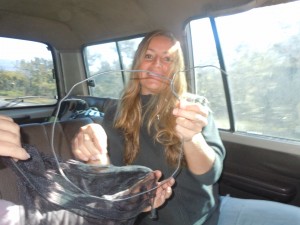 Luisa constructing the net in the car
Luisa constructing the net in the car
We then headed back up a short distance on the toll highway towards Guatemala City, where we met up with José Monzón, one of only three people alive whom I believe had seen the butterfly Drucina championi in the flesh. José had very kindly agreed to accompany us and advise us on how to locate this supposedly shy and elusive species.
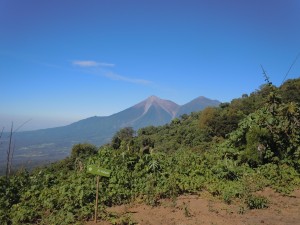 Fuego and Acatenango seen from the way up Agua
Fuego and Acatenango seen from the way up Agua
I transferred into his Mazda Pickup, and we were on our way again, soon passing through the gates of the finca, from where the road immediately became steep and rough. Up and up we bumped, until finally we entered the bamboo zone. Amusingly, Luisa attempted to trawl for butterflies from the moving Landcruiser, to no avail….but suddenly, the vehicle lurched to a halt. Luisa jumped out, took a swipe at a butterfly that I had not even seen, caught it, and without even realising what it was (she thought it was probably a Morpho), came to me for me to identify it. Somehow, while she was walking towards our vehicle, something told me a momentous event had happened…and so it was: Luisa, as the first butterfly she had caught using her improvised net, which had no handle, had trapped a Drucina championi. The only words I could utter were “That’s it!”.
 Self holding a Drucina, showing the blue marks on the upper hindwing
Self holding a Drucina, showing the blue marks on the upper hindwing
Completely stunned, we piled out of the vehicles, and it was not long before we spotted another, sailing with a remarkably elegant flight, gliding with its wings held up diagonally. The mission was to try to obtain good photographs of this beautiful and surprisingly large butterfly, but each time it settled, it only held its wings open for less than a split second, showing the row of wonderful iridescent blue spots on the upper surface of the hind wings, before it snapped its wings closed, and we could only observe the cryptically coloured under surface of the wings.
We walked slowly on up the track, and managed to see several more of these splendid insects, named after their discoverer, my great grandfather G C Champion, who first located the species here in Guatemala in 1880. How strange it was to think that he had first found it 131 years ago, and here was I, his great grandson, setting eyes on this very special creature, so restricted in its habitat and distribution, 131 years later. Luisa’s mother commented on how happy GCC would be to know that I was observing his namesake butterfly – suddenly, a text message signal rang from my phone…was it GCC texting to congratulate us?! Sadly not, but the idea was nice! One Drucina, after we had let it go, even sat on Matt's rucksack!
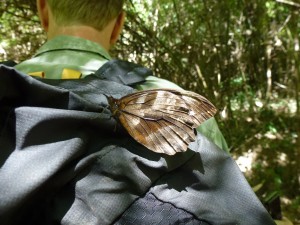 A Drucina that landed on Matt's backpack
A Drucina that landed on Matt's backpack
To cut a long story short, we finally ended up seeing at least ten Drucinas, all between 1800 and 2300 metres above sea level (Matthew’s altimeter came in very handy here), and all in the bamboo zone. It was comforting to know that here in this private finca, their habitat is relatively safe…and Matt will be able to keep an eye on these precious butterflies when he is guiding his mountain bike groups here in the future.
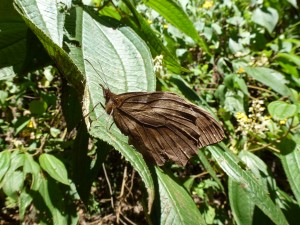 A Drucina we found higher up, at around 2300 m
A Drucina we found higher up, at around 2300 m
Finally, by about 13.00, the majority of the butterflies had disappeared, although the weather was still bright and sunny (they seem to hide away in the afternoons here), and we began the long and rough descent, absolutely content with our success, and full of the feeling of a mission accomplished.
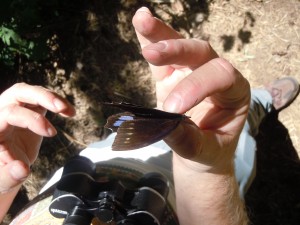 The Drucinas would not sit with their wings open, but here the colour can be seen
The Drucinas would not sit with their wings open, but here the colour can be seen
My thanks go especially to Luisa, who caught the first Drucina in her newly-made net, as well as accompanying me through virtually the entire process of hunting Drucina since late August/early September, to Matt for driving us to this remarkable and wonderfully pristine place, to José for sharing so much of his knowledge of this little-known species, and to Luisa’s mother Sandra, for her boundless enthusiasm – the look of happiness on her face when she caught her first butterfly, a Heliconius hortense, in the improvised net, had almost to be seen to be believed!
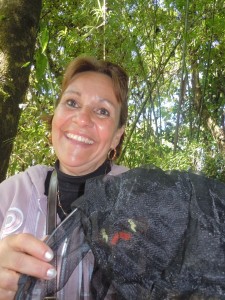 Sandra having caught her first butterf
Sandra having caught her first butterf
Finding Drucina does not mean I have no more goals…later this week I am due to head back to the Finca Las Nubes, the place where GCC first found the butterfly – I would like to locate it there too. Then there is the female to find, and maybe even the early stages…..and then I would love to see the sister species, Drucina leonata, in Panama in a few weeks’ time. No time to sit back on my laurels, the quest continues! But for a short while, the warm feeling of success will be coursing through my veins….and Luisa will remember her moment of glory for the rest of her life, I am sure!
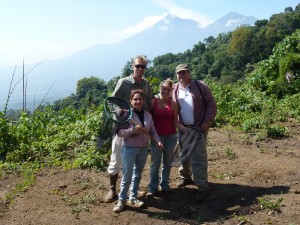 The Drucina team - Matt, Sandra, Luisa and Jose
The Drucina team - Matt, Sandra, Luisa and Jose
“We gladly avail ourselves of this opportunity of naming this fine species after its discoverer, Mr Champion, whose successful industry has added vastly to our knowledge of the insect fauna of Guatemala.”Biologia Centrali-Americana, Lepidoptera Rhopalocera, Volume 1, Page 113, June 1881




